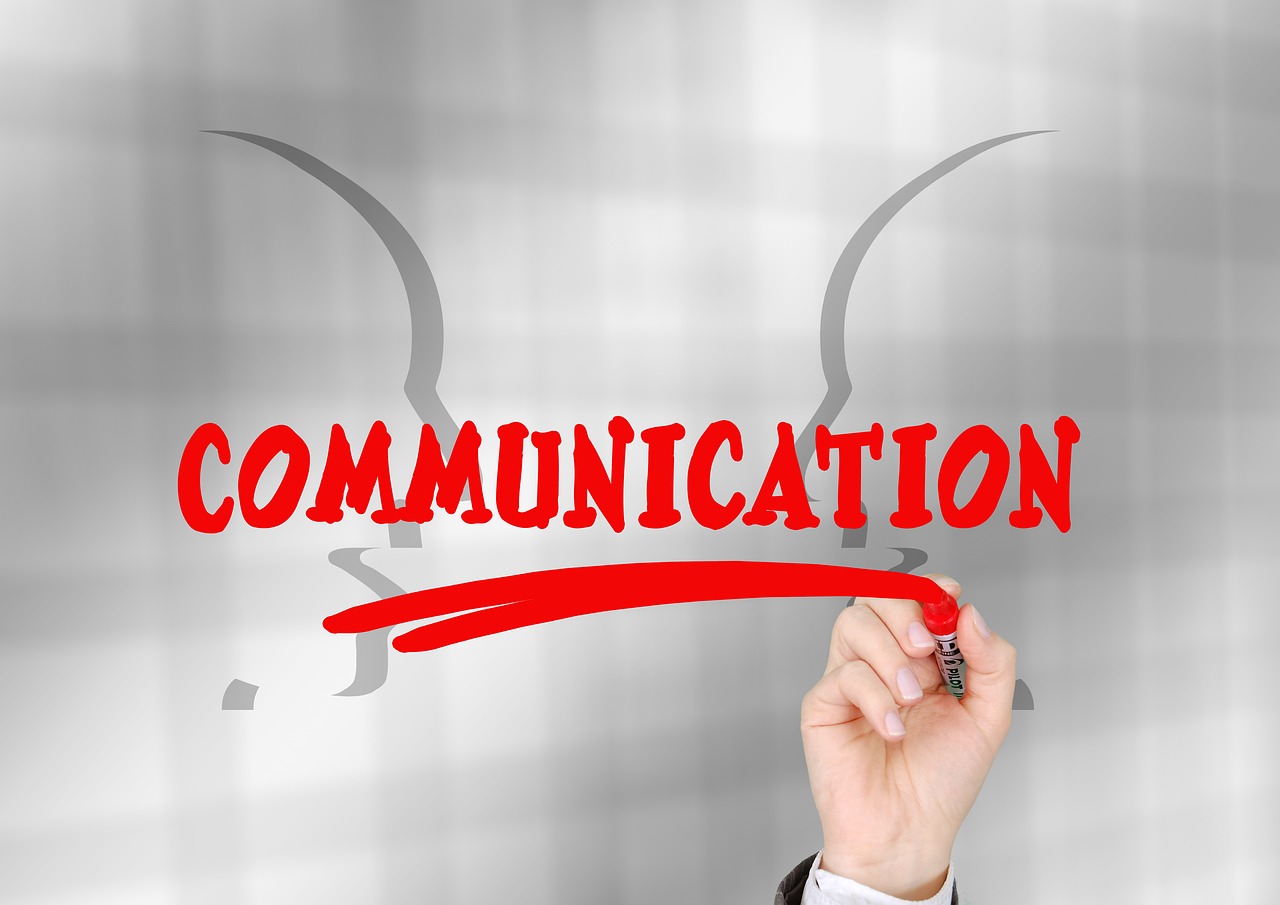How to Decode Nonverbal Communication – Effective communication is not just about the words we use, but also the nonverbal cues we give off. In fact, studies show that over 90% of communication is nonverbal, meaning that we transmit a lot more information through our tone of voice, facial expressions, and body language than we do with our words alone. But what happens when we can’t quite put our finger on what someone is trying to say? How can we understand their unsaid words? In this article, we’ll explore the art of decoding nonverbal communication and share tips on how to better understand what people are really trying to communicate.
Table of Contents
- The Importance of Nonverbal Communication
- Types of Nonverbal Communication
- Body Language
- Facial Expressions
- Tone of Voice
- Common Misunderstandings
- Cultural Differences
- Personal Biases
- Strategies for Decoding Nonverbal Communication
- Paying Attention to Context
- Noticing Patterns
- Using Active Listening Skills
- Conclusion
- FAQs
1. The Importance of Nonverbal Communication
Nonverbal communication plays a critical role in all forms of communication, from personal relationships to professional settings. Our nonverbal cues can help us establish trust, express emotions, and convey meaning in ways that words alone cannot. When we pay attention to these cues, we can gain a deeper understanding of what people are thinking and feeling.
2. Types of Nonverbal Communication
Nonverbal communication can take many forms, but some of the most common include body language, facial expressions, and tone of voice.
Body Language
Body language refers to the gestures, movements, and postures we use to communicate. For example, crossing our arms can indicate defensiveness, while leaning in can show interest or engagement.
Facial Expressions
Facial expressions are another important type of nonverbal communication. The expressions we make with our face can communicate a wide range of emotions, from happiness to sadness, anger to surprise.
Tone of Voice
The tone of our voice can also give away a lot about what we’re really feeling. For example, a sarcastic tone might indicate that we’re not really pleased with something, even if our words suggest otherwise.
3. Common Misunderstandings
While nonverbal communication can be incredibly useful, it’s important to remember that it can also be easily misinterpreted. Here are two common reasons why:
Cultural Differences
Different cultures have different expectations when it comes to nonverbal communication. For example, direct eye contact might be seen as a sign of respect in some cultures but as a challenge in others. It’s important to be aware of these differences and to avoid making assumptions based on our own cultural norms.
Personal Biases
Our own personal biases and assumptions can also get in the way of understanding nonverbal cues. For example, if we’re already feeling defensive or suspicious, we might interpret someone’s closed-off body language as a sign of hostility, even if that’s not really the case.
4. Strategies for Decoding Nonverbal Communication
Decoding nonverbal communication takes practice, but there are a few strategies that can help:
Paying Attention to Context
The context in which nonverbal communication occurs can provide important clues about what someone is really trying to say. For example, if someone is smiling while they say something negative, it’s possible that they’re being sarcastic.
Noticing Patterns
Over time, we can start to pick up on patterns in someone’s nonverbal communication. For example, we might notice that they tend to fidget or avoid eye contact when they’re nervous, or that they lean in when they’re really interested in a conversation. By noticing these patterns, we can better understand what they’re trying to communicate.
Using Active Listening Skills
Active listening involves not just hearing what someone is saying, but also paying attention to their nonverbal cues. This means making eye contact, nodding and using other affirming gestures, and asking clarifying questions to ensure that we’re truly understanding what they’re trying to say.
5. Conclusion
Understanding nonverbal communication is an important skill in all areas of life. By paying attention to the body language, facial expressions, and tone of voice of those around us, we can gain a deeper understanding of what they’re really trying to communicate. It’s important to remember, however, that nonverbal communication can be easily misinterpreted, so it’s essential to approach it with an open mind and an awareness of our own biases.
6. FAQs
Q: Can nonverbal communication be consciously controlled?
A: Yes, to some extent. While we may not be able to control all of our nonverbal cues, we can make a conscious effort to present ourselves in a certain way.
Q: How can I improve my own nonverbal communication skills?
A: Pay attention to your own body language, facial expressions, and tone of voice, and practice active listening with those around you.
Q: Can nonverbal communication vary by age or gender?
A: Yes, different age groups and genders may use different nonverbal cues to communicate.
Q: What should I do if I’m unsure about someone’s nonverbal cues?
A: Ask clarifying questions and try to gather more information about the context of the situation.
Q: How can I overcome my own biases when interpreting nonverbal cues?
A: Practice self-awareness and try to approach all communication with an open mind and a willingness to learn.




